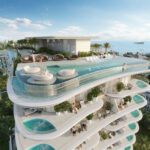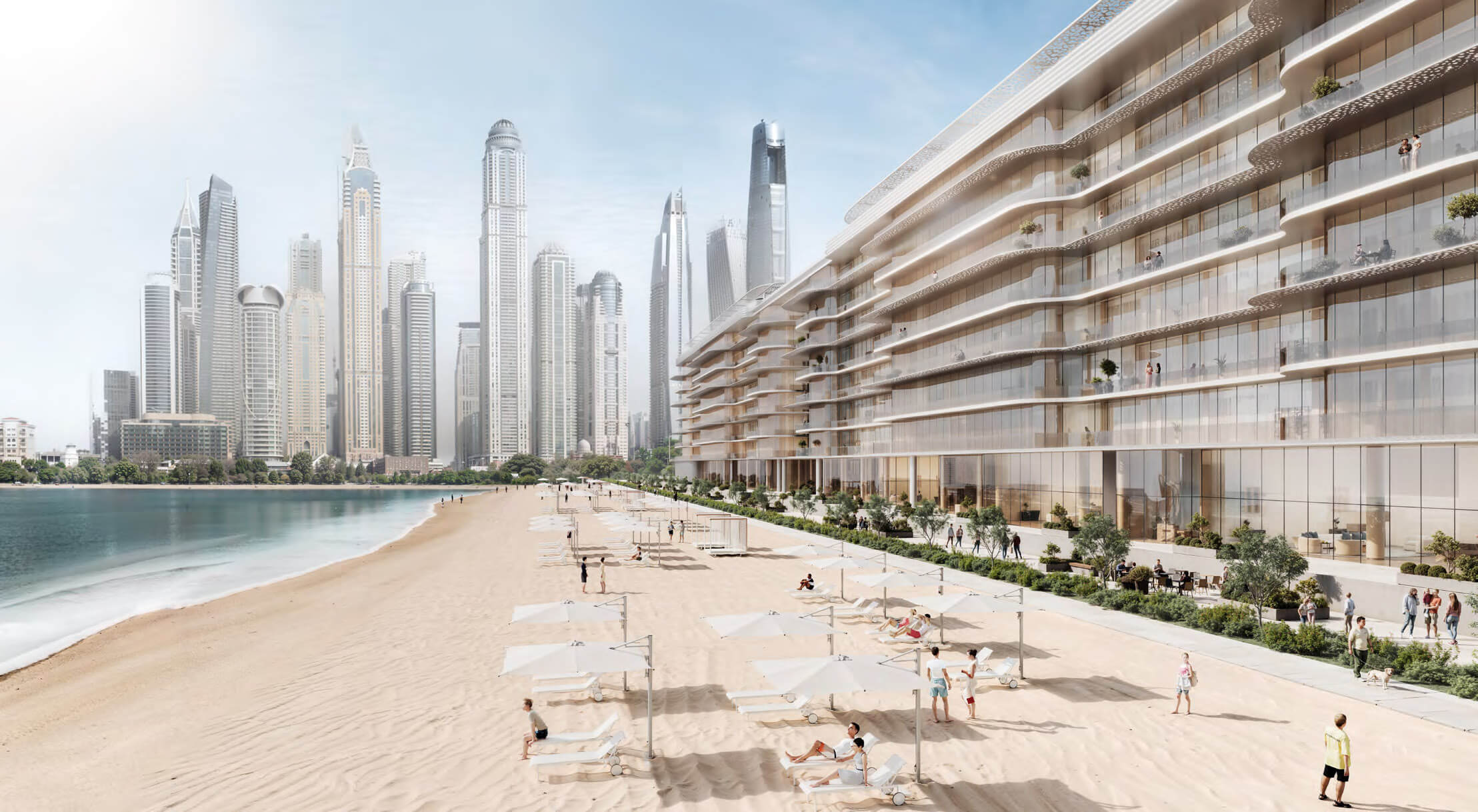In the dynamic real estate market of Dubai, developers offer various flexible payment plans to attract investors. These plans often come with 0% interest rates and down payments ranging from 5% to 20%, significantly influencing the Return on Investment (ROI). This article explores the key features and benefits of the two primary types of payment plans: Standard Payment Plan and Post-handover Payment Plan (PHPP).
Standard Payment Plan
A Standard Payment Plan requires payments during the construction phase, with the final installment due upon project completion or handover. Here’s how it typically works:
Example structure:
- 60% during construction
- 40% on handover
Other common structures include 50/50, 70/30, and 80/20, among others. For instance, Emaar, a prominent developer, offers a 90/10 plan, whereas some lesser-known developers, like Reportage Properties, might offer 20/80 schemes.
Advantages and considerations: The profitability of a Standard Payment Plan can be higher if the last payment tranche is substantial, making it attractive for resale at the final construction stage. However, this also increases the risk of default, especially if market conditions change unfavorably. Investors must complete the full payment by handover, which could be a significant financial burden if property values decline.
Post-handover Payment Plan (PHPP)
The PHPP extends payment over a period of 2–3 years after the project’s handover, providing more flexibility in managing finances.
Example structure:
- 60% during construction
- 40% within 3 years post-handover
Variants of this plan include 75/25, 70/30, and 65/35. In some cases, payments can start upon handover. Typically, the PHPP covers no more than 30%–40% of the property’s price. Some developers, like Samana Developers, even offer 1% monthly payment options, with the total term extending up to 8.5 years.
Why PHPPs are profitable: Consider a 105 m² apartment in the Kempinski Marina Residences valued at $600,000. The payment structure might look like this:
- 55% during construction
- 10% on handover
- 35% within 30 months post-handover
This allows investors to lease the apartment after completion and use the rental income to cover the remaining installments. For instance, in 2024, the average annual rent for a one-bedroom apartment in Dubai Marina is $30,000, with expectations of increasing to $37,000 (a 7% annual rise) by 2027.
ROI comparison:
- Standard Payment Plan: ROI = 6.2%
- PHPP: ROI = 9.5%
In the case of a Standard Payment Plan, the entire amount is paid by handover, while the PHPP requires only 65% of the total sum initially. The calculation demonstrates a higher ROI with the PHPP due to lower initial investment requirements.
Conclusion
In Dubai’s real estate market, choosing the right payment plan can significantly impact profitability. Standard Payment Plans are straightforward but may require a more substantial initial outlay, while PHPPs offer flexibility and potentially higher ROI due to delayed payments. Investors must consider their financial situation, market conditions, and risk tolerance when selecting a payment plan.













